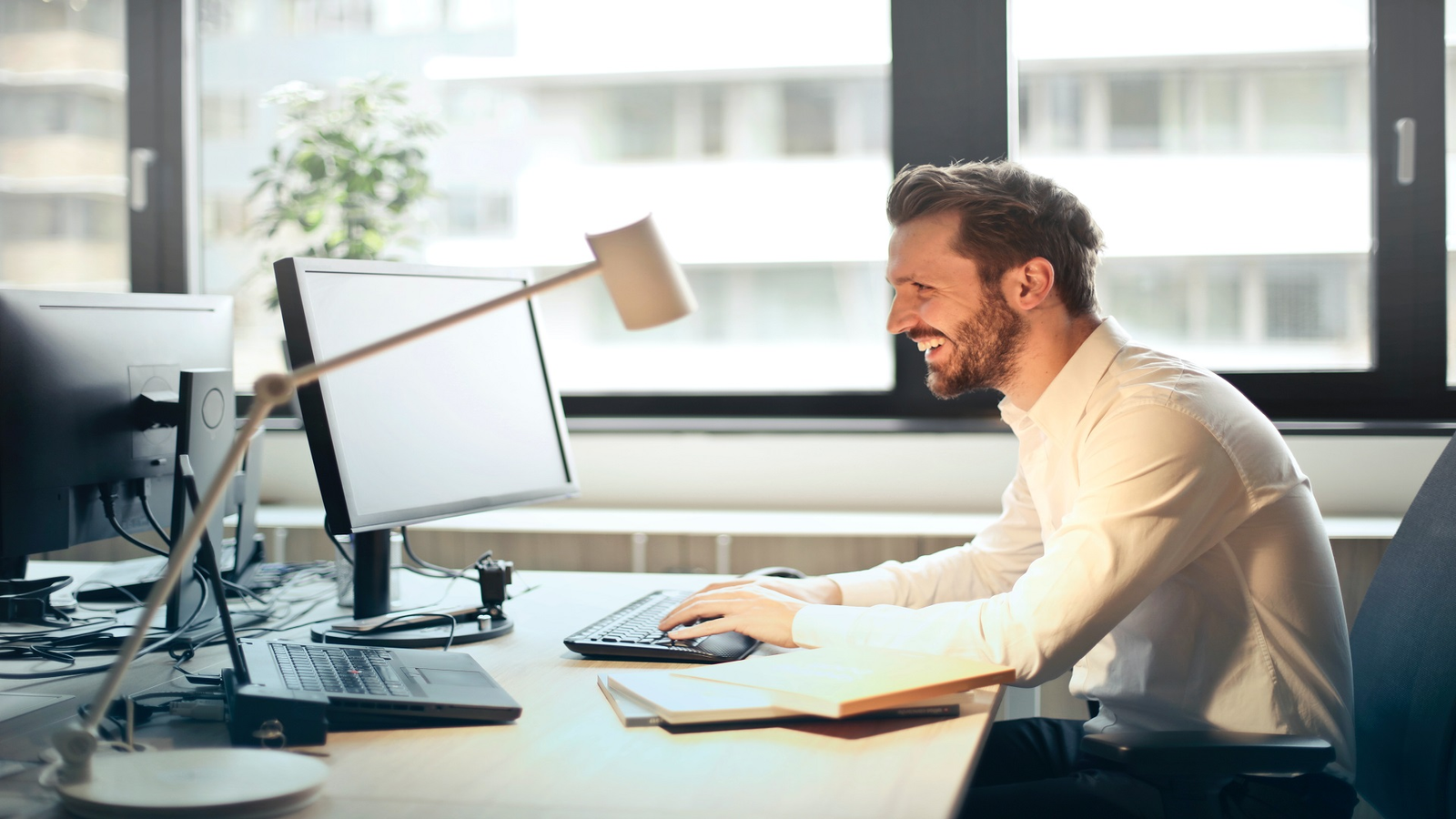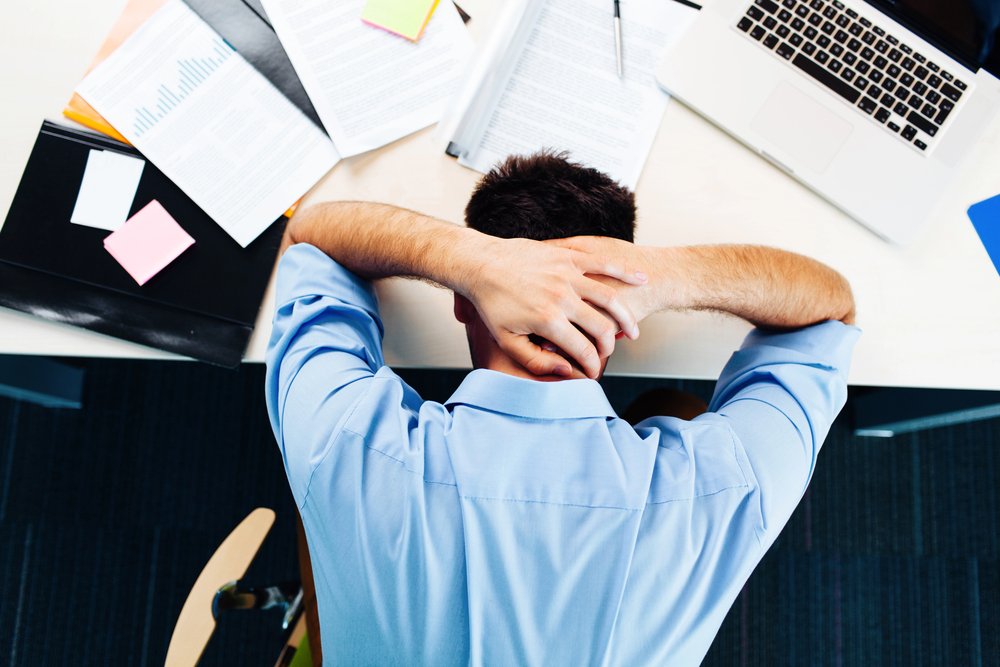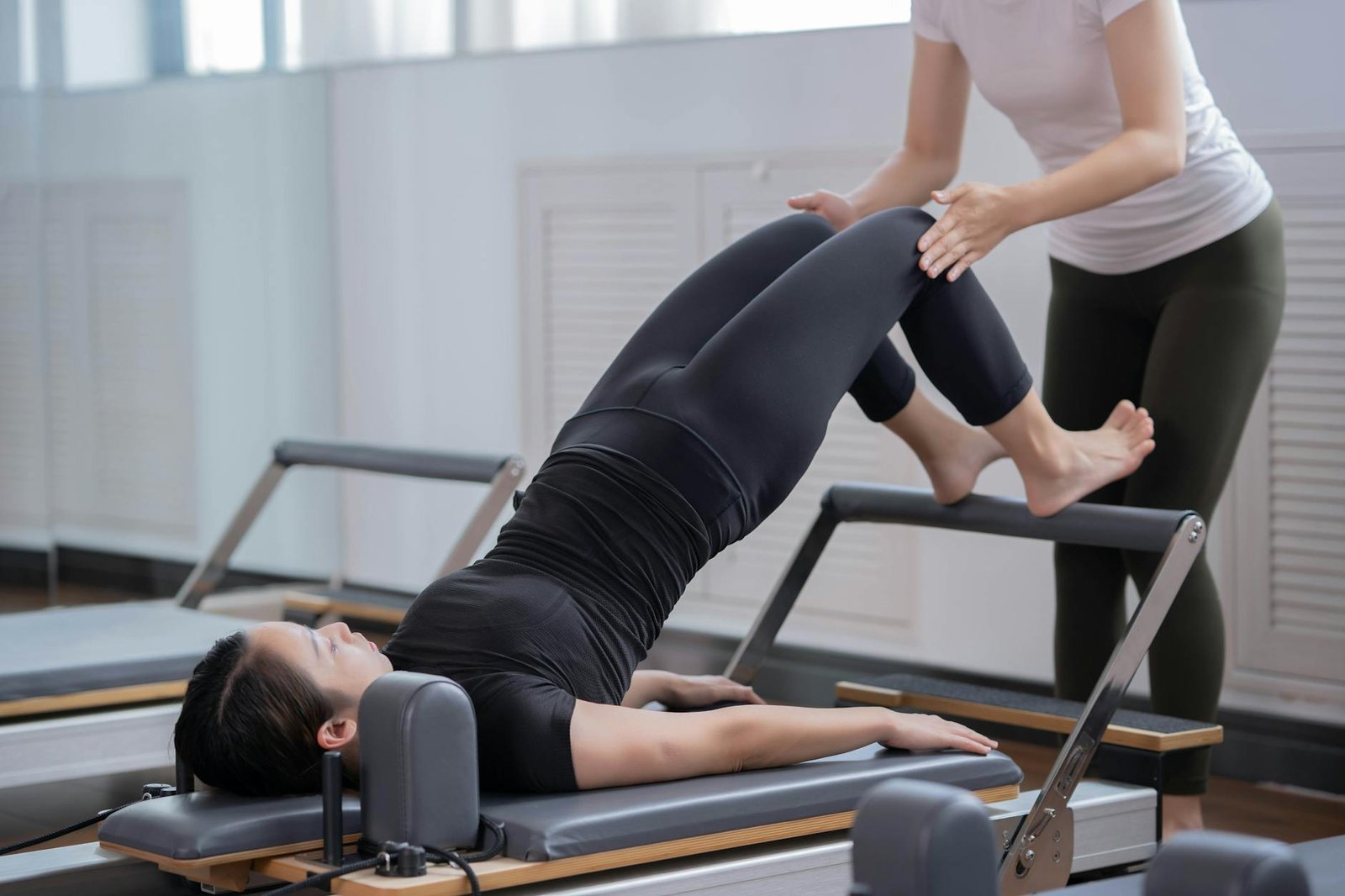If you’re like most desk workers, you likely spend an enormous chunk of your day sitting at your desk, at meetings, on the train or bus, and then maybe some more when you’re sitting around the house. It’s simple to dismiss as just the nature of the way we live now, but study after study continues to find that all this sitting isn’t just making us slightly rigid—it’s increasing the threat to our health.

Sitting for long periods has been associated with a long list of health conditions, such as obesity, type 2 diabetes, heart disease, certain cancers, and even a greater risk of premature death. Sitting too much can lead to your metabolism slowing down, which would make it more difficult for your body to control such things as blood sugar and blood pressure, and to metabolize fat well, the NHS states. And it’s not solely a matter of how frequently you work out—if you sit for eight hours or more a day, going to the gym before or after work may not be sufficient to erase the impact.
That is where standing desks enter the picture. They’ve grown into a trendy choice for office workers attempting to combat the risks associated with sitting. But before you flip your chair and commit to standing through the day, it’s worth knowing that standing for extended periods isn’t an ideal solution either. One piece of recent research spearheaded by Bethany Barone Gibbs at West Virginia University concluded that even though alternating between sitting and standing does decrease the time you spend being sedentary, it doesn’t do much to lower your blood pressure—and that’s a biggie when it comes to cardiovascular health. As she explained, “blood pressure didn’t improve at all, not with resting blood pressure, ambulatory blood pressure or pulse wave velocity.” More surprisingly, standing for too long has a counterintuitive effect of stiffening your arteries and straining your heart.
The actual issue isn’t sitting or standing—it’s spending too much time in any one position. Our bodies are built to move, and when they don’t, things start to go out of balance. When you’re sitting, your muscles aren’t working to circulate blood or help process sugar and fat. But if you’re standing still for hours, your muscles still aren’t active enough, which can cause blood to pool in your legs and add even more stress to your cardiovascular system. As Gibbs describes it, it all boils down to something referred to as the “muscle pump” in your legs—and that only occurs when you’re actually on the move. Walking, stretching, even just transferring weight from one leg to the next.
So, what should you do? The solution isn’t necessarily to stand more—it’s to move more. Breaking up your day with short bouts of activity is where the real gains lie. One study has proven that even a minute walk per hour reduces blood pressure and circulation. “Our lowest dose that we tested—move every hour for just one minute—still reduced blood pressure by four to five points,” says Keith Diaz, PhD, at Columbia University Medical Center. That’s a respectable return for only sixty seconds of motion.
If you’re stuck at your desk most of the day, don’t worry—there are still easy ways to keep your body active. Stand or walk around during phone calls, take the stairs instead of the elevator, or set a timer to stretch every half hour. Walking meetings or a quick lap around the office can also help. And if you need to level up, under-desk treadmills or treadmill desks can integrate some light cardio into your workday. But honestly, you don’t need a fancy setup—just a little movement now and then does the trick.
Standing desks are still where it’s at. They can help alleviate back pain and encourage better posture—if you use them correctly. The trick is to switch between standing and sitting and to remain active when you do stand. That may involve doing some heel raises, subtly changing your weight, or taking a brief walk whenever possible. As NY Bone & Joint Specialists note, standing desks can alleviate discomfort, but only if used appropriately and in moderation.
At day’s end, the healthiest thing you can do for your body isn’t just to stand up—it’s to move. A stretch, a walk, or a few desk exercises: it doesn’t matter. Any movement at all counts. Your body and your future self will be grateful.














